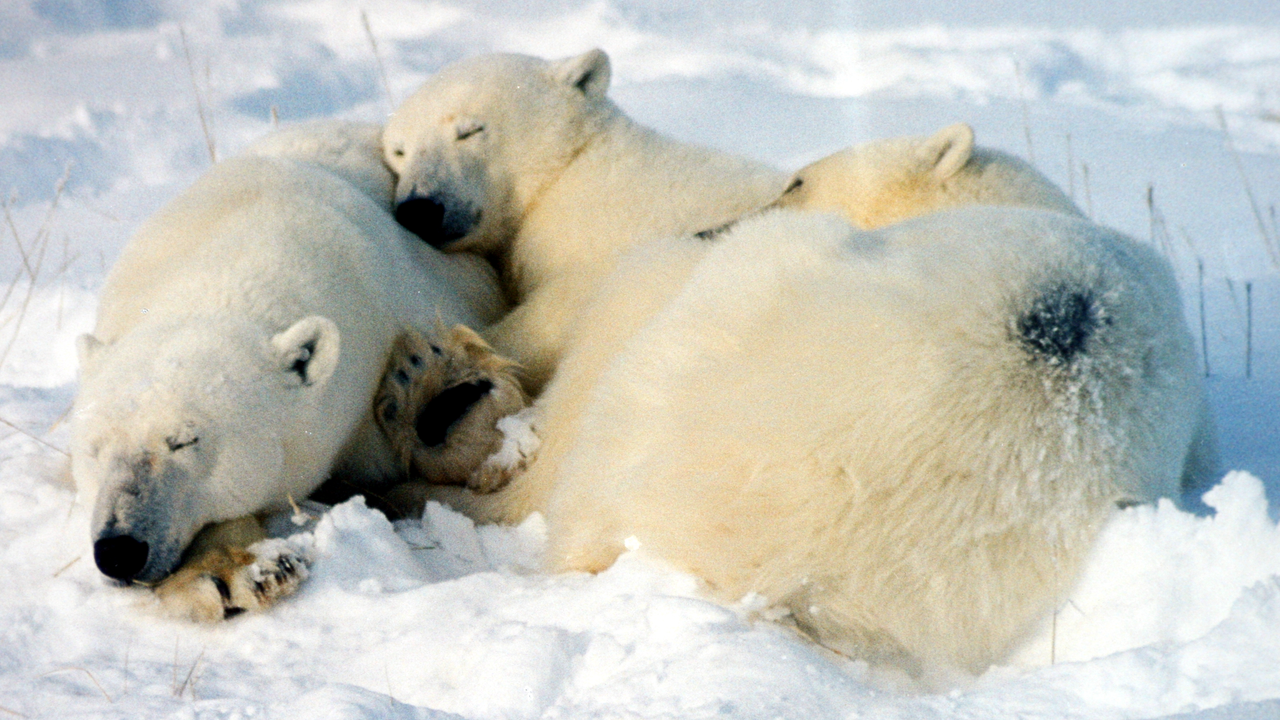Why do polar bears hibernate in the winter?

Understanding Polar Bear Habits
Hi there, nature enthusiasts! Today, we're going to talk about one of the most magnificent creatures of the Arctic - the polar bear. Now, when we think about bears, one of the things that often comes to mind is hibernation. But did you know that not all bears hibernate in the traditional sense of the term? In fact, polar bears have a unique way of dealing with the harsh winter months that's quite different from their brown and black bear cousins. Let's dive deeper into this fascinating topic.
The Science of Hibernation
Before we dive into the specifics of polar bear hibernation, let's take a moment to understand what hibernation actually entails. Generally, when animals hibernate, they enter a state of deep sleep where their body temperature, heart rate, and metabolic processes drop significantly. This enables them to conserve energy and survive the winter months when food is scarce. However, when it comes to polar bears, things are a bit different. Let's explore this further.
Polar Bears and Winter Dormancy
Unlike many other bear species, polar bears do not hibernate in the classic sense. Instead, they enter a state of dormancy known as "walking hibernation." This is a state where they remain active and continue hunting, although at a reduced pace. This is quite fascinating and it's largely due to the unique weather conditions of the Arctic.
Why Polar Bears Don't Fully Hibernate
One of the reasons polar bears don't fully hibernate is the abundance of food. Polar bears primarily feed on seals, and seals are available year-round in the Arctic region. Even during the harsh winter months, polar bears can hunt seals by waiting for them at their breathing holes in the ice.
Another reason is that winters in the Arctic, though extremely cold, don't pose the same level of threat to polar bears as they do to other bear species. Polar bears have evolved to survive in this cold environment, with their thick fur and layer of blubber providing insulation against the freezing temperatures.
The Exception: Pregnant Polar Bears
There is, however, one exception to the 'no-hibernation' rule among polar bears, and that's pregnant females. Pregnant polar bears do hibernate in dens during the winter months. This is to protect their newborn cubs, which are born during this period. These cubs are born very small and vulnerable, and they need the safety of the den and the warmth of their mother to survive the harsh Arctic winter.
Impacts of Climate Change on Polar Bear Hibernation
Lastly, it's important to mention that climate change is having a significant impact on polar bears and their hibernation habits. As Arctic ice melts due to rising global temperatures, polar bears are finding it increasingly difficult to hunt for seals. This could potentially lead to changes in their hibernation patterns in the future.
There you have it, folks! The fascinating world of polar bear hibernation is a testament to the adaptability and resilience of these magnificent creatures. However, it's also a reminder of the urgent need to address climate change to protect these and other species from the threats posed by a warming planet.